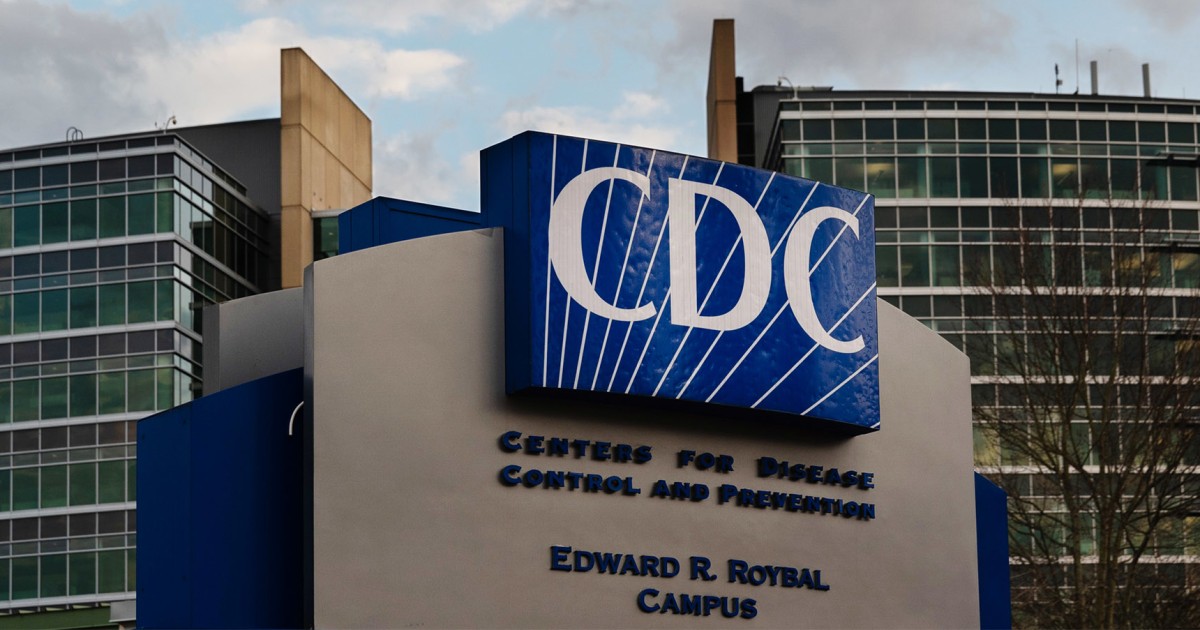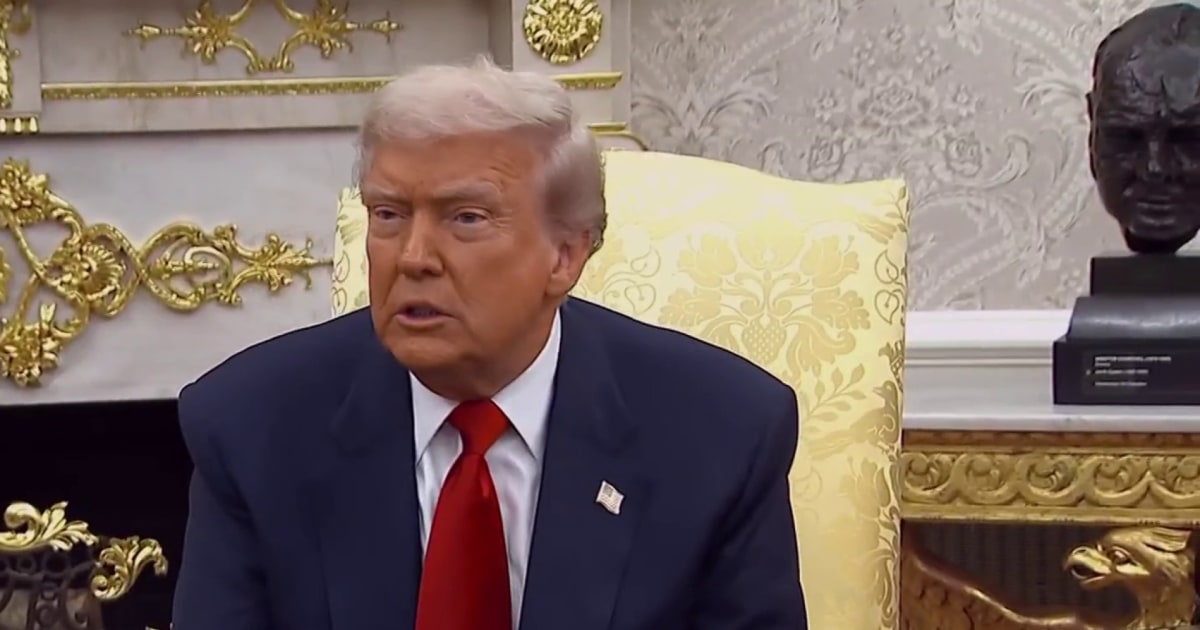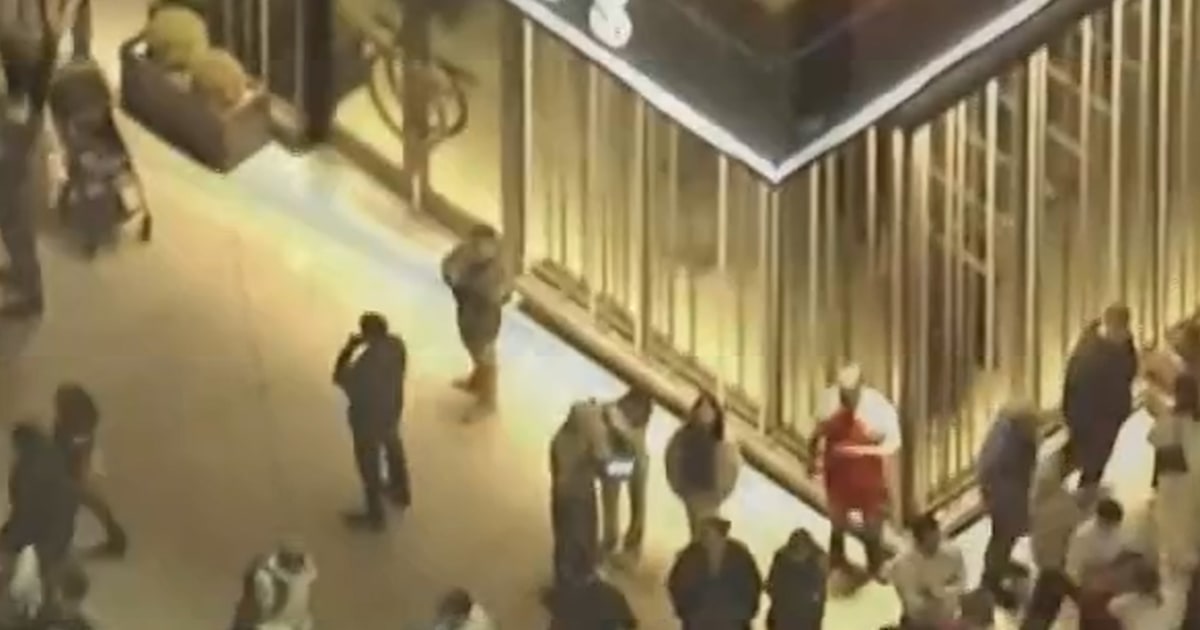The Trump administration on Saturday reversed some layoffs at the CDC after hundreds of scientists received “incorrect notifications” that they were laid off during the government shutdown, according to an official familiar with the matter.
Source link
Oct. 12, 2025, 3:42 PM EDTBy Julie Tsirkin, Megan Shannon and Megan LebowitzWASHINGTON — The Trump administration on Saturday reversed some layoffs at the Centers for Disease Control and Prevention after hundreds of scientists received “incorrect notifications” that they were laid off during the government shutdown, according to an official familiar with the matter.“The employees who received incorrect notifications were never separated from the agency and have all been notified that they are not subject to the reduction in force,” the official told NBC News. “This was due to a glitch in the system.”The reversed layoffs, first reported by The New York Times, come just after the administration moved to lay off thousands of federal workers during the government shutdown, prompting backlash from critics who argue the layoffs are illegal.The reduction-in-force moves are being challenged in court and mark the latest fallout from the government shutdown fight, which has stretched into its second week as lawmakers show no signs of moving closer to a deal.We’d like to hear from you about how you’re experiencing the government shutdown, whether you’re a federal employee who can’t work right now or someone who is feeling the effects of shuttered services in your everyday life. Please contact us at tips@nbcuni.com or reach out to us here.Some 1,100 to 1,200 employees at the Department of Health and Human Services were sent layoff notices on Friday. A Friday court filing indicated that more than 4,000 federal workers were laid off, though it is unclear how that number has changed after the administration moved to reverse certain CDC layoffs.HHS and the Treasury Department originally accounted for more than half of the total layoffs, according to the court filing.Vice President JD Vance addressed the reversed layoffs in an interview on CBS News’ “Face the Nation,” saying that a “government shutdown inevitably leads to some chaos.”“We are figuring out how to take money from some areas and give it to other areas,” he said, going on to blame Democrats.Vance argued that layoffs were necessary to preserve critical government functions, adding that as that happens, “you’re going to have some chaos.”“You’re going to lay off people, frankly, Margaret, that the White House doesn’t want to lay off,” he continued, addressing moderator Margaret Brennan. “We would like to reopen the government and ensure these essential services stay on, but unfortunately, in an environment where we’re dealing with limited resources where the government is shut down, we’ve got to move some things around. And in that moving things around, there is some chaos, there is some unpredictability.”In a separate interview on Fox News’ “Sunday Morning Futures,” Vance said that “the longer this goes on, the deeper the cuts are going to be.”“To be clear, some of these cuts are going to be painful,” he added. “This is not a situation that we relish. This is not something that we’re looking forward to, but the Democrats have dealt us a pretty difficult set of cards.”Democrats have continued pressing Republicans to negotiate over Affordable Care Act subsidies that are set to expire at the end of the year, which would lead to higher premiums. Republicans are urging Democratic senators to flip their support to a clean short-term funding bill. Both Republican- and Democratic-led funding proposals have failed in the Senate numerous times.Julie TsirkinJulie Tsirkin is a correspondent covering Capitol Hill.Megan ShannonMegan Shannon is a White House researcher for NBC NewsMegan LebowitzMegan Lebowitz is a politics reporter for NBC News.




